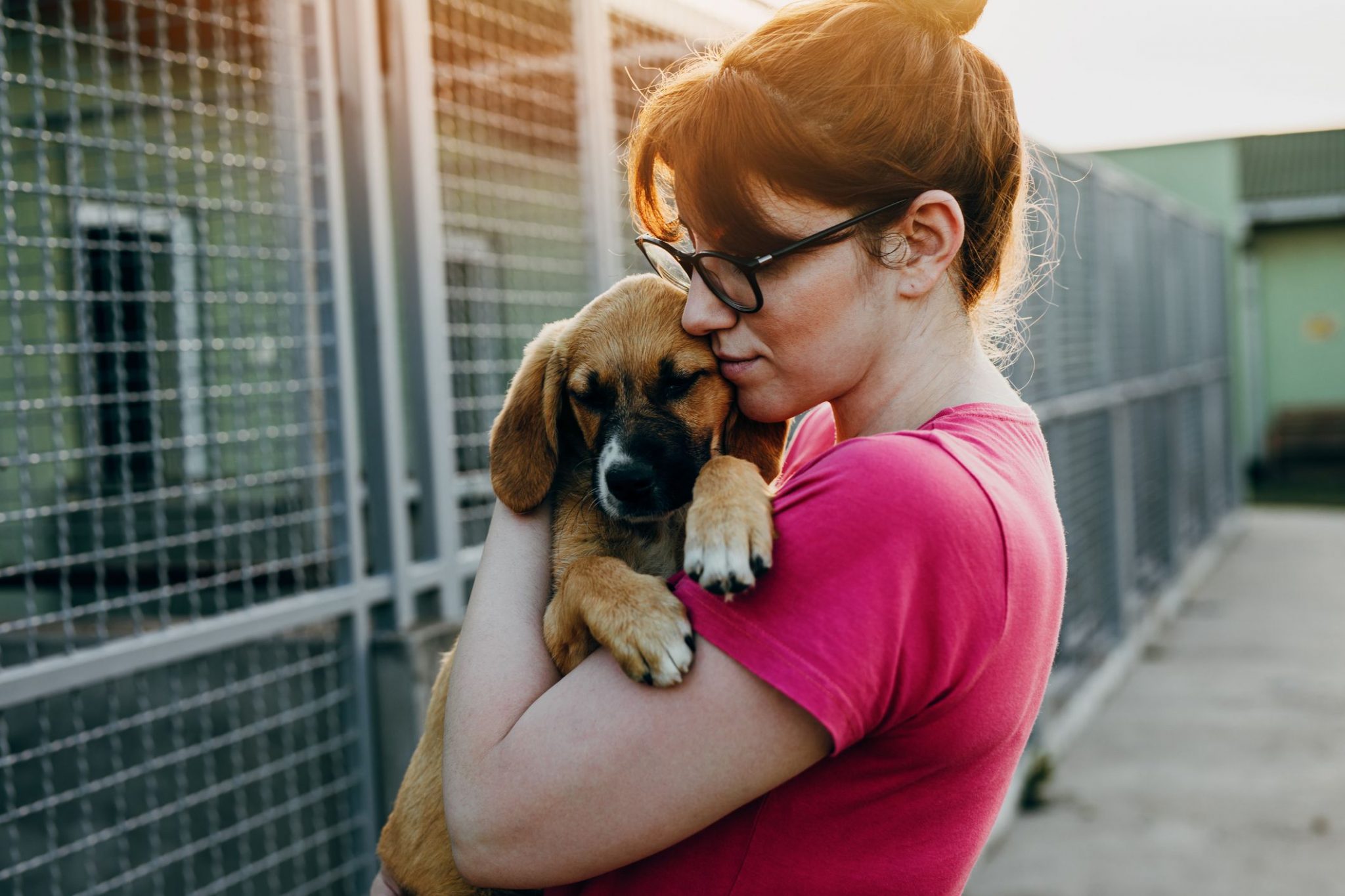Congratulations! You have just adopted a pet. There is no doubt that for new pet owners, the first few days are quite exciting, but at the same time, it can be a little scary for many new parents.
Adopting a new pet not only involves giving a new home to an animal but also involves major changes for you and your family. If you are feeling stressed or anxious due to the addition of a new member to your family, important to note that you are not alone. Always keep in mind that a new pet needs some time to get adjusted to the new environment. Similarly, adjusting to a new roomie can also be a little overwhelming for some pet owners.
If you learn how to deal with the upcoming issues with a new pet, living with your furry companion will become a lot easier. Fortunately, in this post, you will be able to get the information that will help in making this transition less stressful.
To prepare yourself for the best, you need to look for the best tips to adopt a pet, along with how to manage the first few days of the pet adoption. Just go through some tips on how to make things easier.
Common Challenges During The First Few Days
Barking
You must know that when dogs get stressed or out of their element, they usually tune up their voice. Whether you have adopted a dog from a shelter or a rescue organization, remember that the whole life of your dog is going to change now. Some dogs take a lot of time to get adjusted to a new place, while some experience a lot from one place to another in such a short period of time. These dogs choose to bark as a means of expressing their anxiety or stress.
If you find that your dog barks when left alone, you need to find the root cause of the problem quickly. There can be several reasons for barking when left alone, such as breed characteristics, territoriality, need for attention, stress, or anxiety.
Hiding
It is obvious that your new pet will not feel safe during the first few hours. They find their own way to make themselves feel safe. If you find that your pet is hiding in one sheltered spot, it means they are not comfortable at their new home. Simply give them their own time to be adjusted to this new home.
It is better to allow them to find their new space and also allow them to select their comfort level before they are supposed to wander into other rooms. Let them explore the spaces of their choice, but make sure to supervise them. You can also help your new pet in gaining confidence by building their safe space.
But this step is different for every pet. The best idea is to get a comfy bed and blanket for your pet. If your pet is used to a crate, get the one to give him a comforting place for the first few days. Small pets will love to spend time in a box. Also, make sure to make their space as calm and relaxing as you can. Once your pet starts feeling comfortable, he will start to explore further.
Not Eating
It is quite common for a new pet to refuse to eat. When they move to the new home, their diet and feeding routine get changed, and they will get adjusted within a few days.
Some new dog parents start thinking that there may be some health concerns, this is not the case. So, simply rule out any health issues. Just think about the situations as the pet has experienced a major life change, which may affect their energy level, and some even stop drinking water and eating. You just need to call the vet or adoption group if there is really something to concern.
You have to look for a quiet place to put their food and water bowls. Check if the bowl is placed next to the loud clothes dryer or some uncomfortable spot. You need to make a new routine and make sure to feed your pet at less-hectic times as this will make your pet feel comfortable.
Accidents
Accidents can happen anytime, especially if you have just brought a new pet home. These accidents are no fun. There are different ways to make your pet get back to its housebroken status.
For cats, it takes some time to get used to the spot where the litter box is placed. Keep in mind that the litter box should be placed in the most accessible spot. If still there are accidents, the best idea is to confine your cat to one room. You can also work on litter box training. Also, different cats need different sizes of litter boxes.
For dogs, they have varying levels of housebreaking. If you have got some history of your new pet from the adoption group, it will help you be prepared once you get him home. If you have got nothing, the best way is to assume that even an adult dog needs to refresh the potty training. For puppies, you can start from scratch. Just have patience, and your pet will get used to a new schedule soon.
Overexcitement
Sometimes, the stress of moving to a new environment is taken as overexcitement. Some pets even react energetically even when there is nothing at all to be excited about. Even some activities can help your pet to burn a little energy and keep your pet from getting too much stimulated.
You can also take the help of redirection to reduce the symptoms of overexcitement. Like, you can give your pet a new toy, a game, or a command to redirect his attention before he reaches the point of overexcitement. Teach your pet some commands, such as the ‘place’ command, as it will help in making a bond between you both. You can also use some tools to keep his excitement in check.
Final Words
Once you are familiar with tips for adopting a pet, you need to work on these given points to make your home a comfortable and safe place for your new pet. Make sure to be patient in all steps as your pet is learning your new expectations.
If you notice some behaviors that are consistent even after so many days of adoption, you can talk to the vet about the concern.












